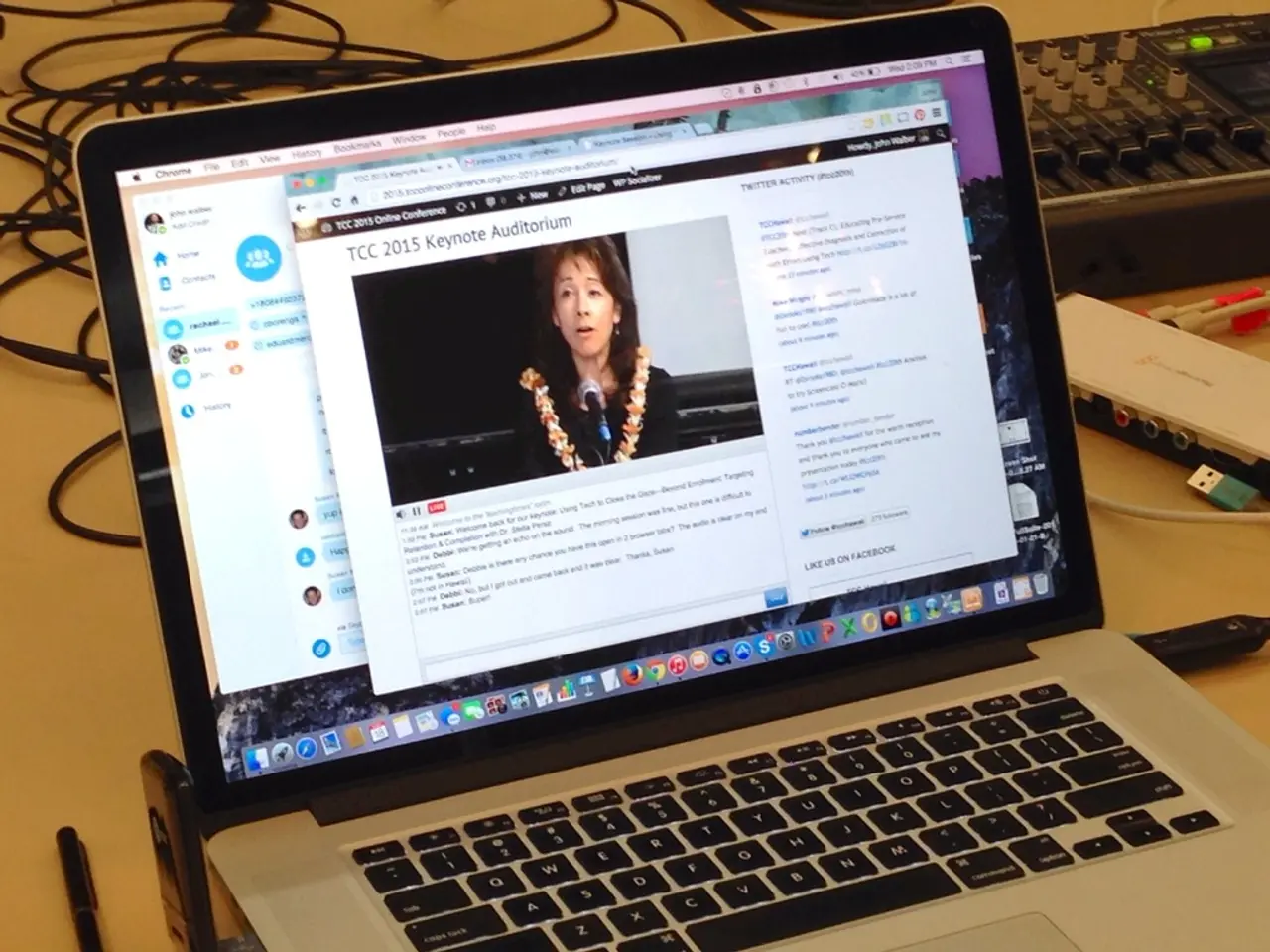NASA's LISA Initiative Exploring the Cosmic Dance of Gravity
NASA-ESA's LISA Mission: Unlocking the Universe's Secrets
The Laser Interferometer Space Antenna (LISA), one of NASA's most ambitious space observatories, is set to revolutionise our understanding of the universe. This joint mission between NASA and the European Space Agency (ESA) is currently in development, with a planned launch around 2035 and science operations expected to start by 2037.
LISA is designed to detect and measure gravitational waves, ripples in spacetime caused by some of the most violent cosmic events, such as the merging of black holes and neutron star collisions. Unlike ground-based observatories, LISA will move the detection of gravitational waves into space, providing access to low-frequency waves that are currently undetectable.
The mission consists of three spacecraft flying in a triangular formation, with each spacecraft separated by 2.5 million kilometers. Each spacecraft will house a set of highly precise laser interferometers to measure the relative distances between the spacecraft with unprecedented accuracy. This precision will enable LISA to observe massive objects such as supermassive black hole mergers and provide early warnings for events detectable by ground observatories.
LISA's exploration of black hole mergers, stellar remnants, and the early universe promises to have far-reaching implications for astrophysics, cosmology, and fundamental physics. Scientific breakthroughs expected from LISA include the detection of gravitational waves from sources thousands of times more massive than those seen by ground-based observatories. This will open new windows on violent cosmic phenomena such as collisions of massive black holes, the evolution of galaxies, and possibly signals from early universe processes.
Moreover, LISA’s early warning capability will allow coordinated multi-messenger astronomy by enabling ground-based telescopes to observe events in real time. This will lead to a better understanding of the universe's most enigmatic phenomena, such as the nature of dark matter and dark energy.
LISA's potential to reveal new physics is another significant aspect. By observing gravitational waves from massive, compact objects, LISA will allow scientists to test Einstein's theory of General Relativity in environments with intense gravitational fields, potentially revealing new physics beyond Einstein's framework.
The timeline for the LISA mission remains subject to adjustments, given the complexity of the technologies involved and the international collaboration required for its success. However, the mission's potential to pioneer space-based gravitational wave astronomy, unlocking a unique and crucial cosmic perspective, is undeniable.
The success of LISA is built on the foundation laid by its precursor mission, LISA Pathfinder, launched in 2015. LISA Pathfinder successfully demonstrated the feasibility of using laser interferometry and drag-free control in space, achieving a level of precision beyond expectations.
However, recent U.S. budget proposals have zeroed out NASA funding for LISA, putting the U.S. participation and some program staff jobs in jeopardy. This could threaten the mission's progress if unresolved. Despite this challenge, the European commitment to the mission remains strong, and if fully realized, LISA will undoubtedly contribute significantly to our understanding of the universe's most enigmatic phenomena.
Space-and-astronomy research will benefit immensely from the LISA Mission's advancements in technology, as it will move the detection of gravitational waves into space, opening access to low-frequency waves undetectable by ground-based observatories. The space economy, particularly science and technology, will experience innovative growth due to the mission's potential to reveal new physics, unlock secrets of the early universe, and shed light on enigmatic cosmic phenomena.




